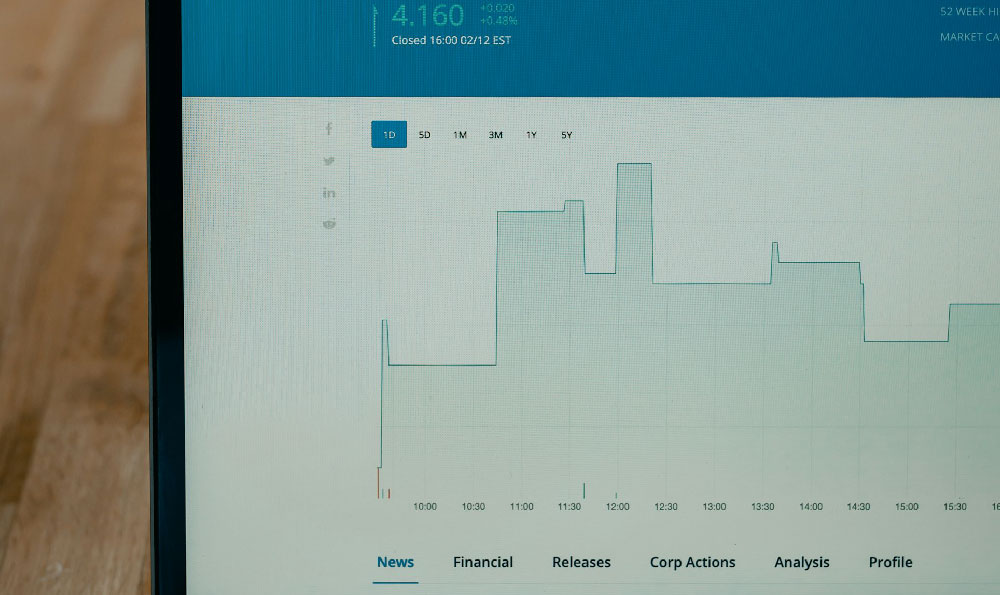Telegram, while renowned for its privacy features and massive user base, operates on a different revenue model compared to traditional social media giants like Facebook or Twitter. Understanding how Telegram generates revenue, and critically, whether that revenue stream is sustainable, is crucial for assessing its long-term viability, particularly within the context of the cryptocurrency and blockchain ecosystem where it plays a significant role.
Historically, Telegram relied heavily on the personal wealth of its founder, Pavel Durov. This self-funding strategy allowed Telegram to prioritize user experience and privacy without being immediately pressured by investors to maximize profit. However, as the platform scaled to hundreds of millions of users, maintaining its infrastructure and development required a more formalized and sustainable revenue model.
The primary revenue stream Telegram currently employs is through Telegram Premium, a subscription service launched in 2022. This paid tier offers users a range of enhanced features, including doubled limits for channels, folders, and conversations, faster download speeds, voice-to-text conversion, exclusive stickers and reactions, and the ability to disable sponsored messages. While the specific subscriber numbers for Telegram Premium remain undisclosed, this service represents a direct appeal to its most active and engaged users, offering tangible benefits in exchange for financial support. The success of Telegram Premium hinges on its perceived value proposition. If the features offered justify the monthly fee, it can contribute significantly to the platform's overall revenue.

Beyond Telegram Premium, the platform also generates revenue through advertising. Unlike some platforms that inundate users with intrusive ads, Telegram's approach to advertising is more controlled and targeted. It utilizes "Sponsored Messages," which are short, discreet ads that appear within large, public Telegram channels. These messages are designed to be relevant to the channel's audience and are clearly marked as sponsored. The key to Telegram's advertising strategy is minimizing disruption to the user experience while still providing value to advertisers. By focusing on relevance and discretion, Telegram aims to avoid alienating its user base, which could ultimately drive users away.
The Telegram Ad Platform allows anyone with a Telegram channel of 1000+ members to display advertisements. This democratization enables businesses and organizations to reach specific audiences on the platform in a more efficient way compared to traditional advertisement channels. This strategy allows Telegram to tap into the long tail of smaller businesses and organizations, broadening its advertising revenue base.
Another potential, though less prominent, revenue stream could stem from Telegram's ventures into blockchain technology. In the past, Telegram attempted to launch its own cryptocurrency, Gram, and the Telegram Open Network (TON). While the project ultimately faced regulatory hurdles and was shut down, the underlying technology and expertise developed during that period could be leveraged in future blockchain-related initiatives. While a direct re-engagement with cryptocurrency remains uncertain due to past experiences and regulatory scrutiny, Telegram could explore integrating blockchain technologies in other ways, such as facilitating secure transactions within the platform or offering decentralized storage solutions. These opportunities, if explored responsibly, could provide a new avenue for revenue generation.
Now, addressing the sustainability of Telegram's revenue model is critical. The success of Telegram Premium depends on continued user adoption and the perceived value of its features. The platform must continually innovate and add new features to keep subscribers engaged and attract new sign-ups. If user growth for Premium stagnates, Telegram will need to explore other options to bolster its revenue.
The sustainability of Telegram's advertising revenue depends on maintaining a balance between monetization and user experience. Too many intrusive ads could lead to user dissatisfaction and migration to alternative platforms. Telegram must carefully monitor user feedback and adjust its advertising strategy accordingly. A key aspect here is transparency. Users appreciate knowing why they are seeing a particular ad and how their data is being used. Increased transparency can foster trust and mitigate concerns about privacy.
Furthermore, the platform's reliance on a limited number of revenue streams could be a vulnerability. Diversification is crucial for long-term financial stability. Telegram should explore other potential revenue opportunities, such as offering premium business tools or partnering with e-commerce platforms to facilitate transactions within the app. The long-term health of the Telegram ecosystem relies on its ability to adapt to evolving market conditions and user preferences.
Ultimately, the sustainability of Telegram's revenue model hinges on its ability to maintain a delicate balance between monetization and user experience. By prioritizing privacy, offering valuable premium features, and implementing a discreet advertising strategy, Telegram can generate sustainable revenue without compromising its core values. The key is continuous innovation, careful monitoring of user feedback, and a willingness to adapt to the ever-changing landscape of the digital world. Failure to navigate these challenges could jeopardize its long-term viability, especially within the increasingly competitive messaging app market. The platform needs to continuously assess its revenue streams and be ready to pivot to new strategies as necessary to remain a relevant and thriving platform.












